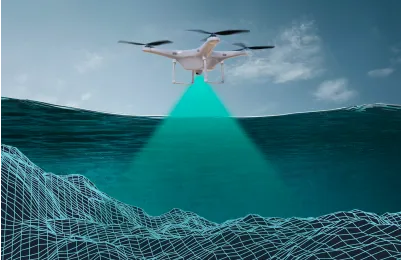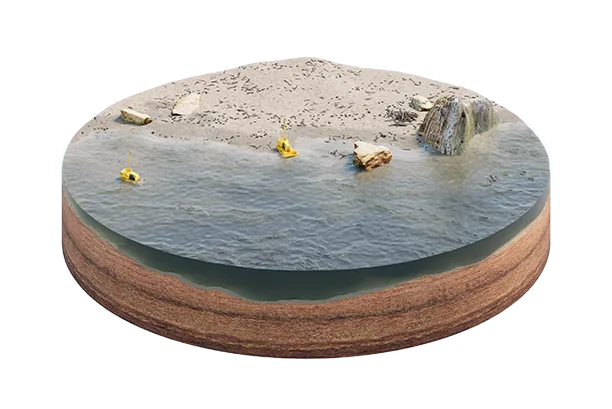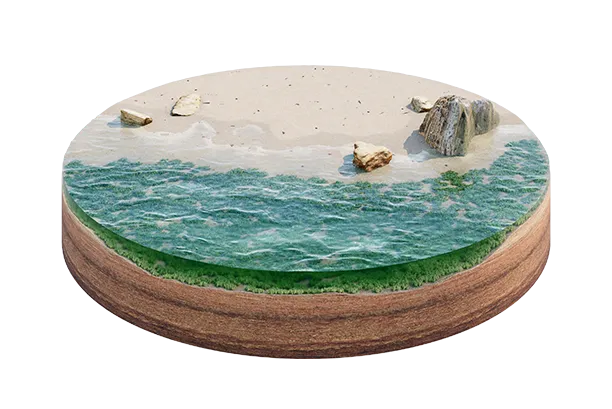Tour 02
Three initiatives for
underwater construction
of the future
underwater construction
of the future
Stage
Building a disaster-resistant
city where people can
live safely
city where people can
live safely
Stage
Supporting renewable
energy facilities
energy facilities
Stage
Restoring seaweed
beds and tidal flats
beds and tidal flats
the site
Stage
Building a disaster-resistant
city where people can
live safely
city where people can
live safely
Stage
Supporting renewable
energy facilities
energy facilities
Stage
Restoring seaweed
beds and tidal flats
beds and tidal flats
Mission
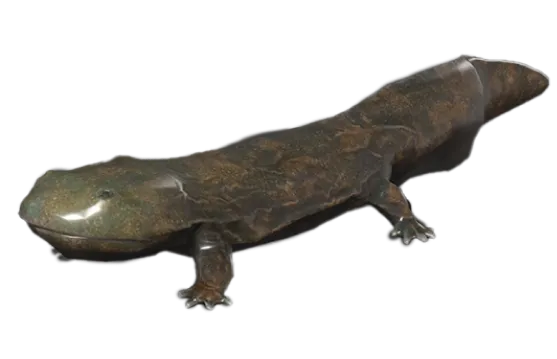
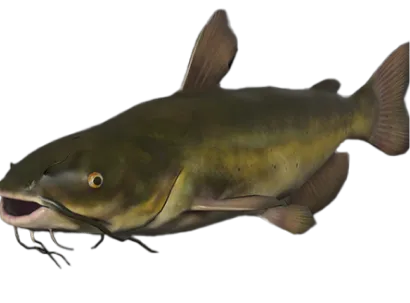
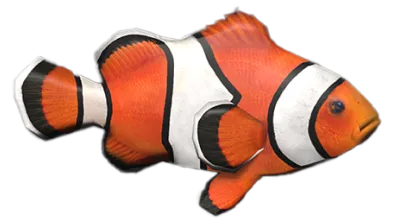
The giant salamander, the world's largest amphibian, has lived since prehistoric times and is considered a "living fossil." In Japan, it is designated as a Special Natural Monument, and conservation efforts are actively underway. Tap or click to find the giant salamander living quietly in a river rich with biodiversity.
Catfish are widely found throughout the world, and in Japan they live in the middle to lower reaches of rivers, lakes, marshes and irrigation canals. Some catfish living overseas live longer than 50 years, with some exceeding 3 meters in length. Tap or click to find catfish that live in rivers flowing into dams.
Clownfish are tropical fish that love warm ocean waters. They inhabit tropical environments from the Pacific to the Indian Ocean. They live in symbiosis with sea anemones, both protecting each other from predators. Tap or click to find clownfish swimming in the rich and beautiful sea.
Let's see
the next site
the next site
You can exit this site and visit another by tapping the button at the bottom of the screen. There are three sites in total.
Go to
tour 02 summary
tour 02 summary
You can exit this site and visit another by tapping the button at the bottom of the screen. There are three sites in total.
Use the left and right buttons to switch camera angles. Find the angle where the target is.
Let's search for the giant salamander
Let's search for a catfish
Let's search for the clownfish
the next site Go to
tour 02 summary
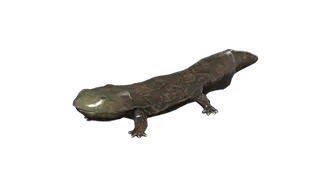
Giant salamander
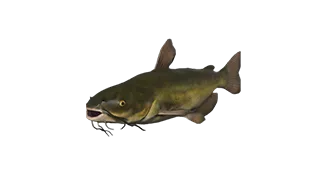
Catfish

Clownfish

Stage
River flood control
Earthquake, flood and
landslide recovery efforts
landslide recovery efforts
Removing sediment deposits
from dams at hydroelectric
power facilities
from dams at hydroelectric
power facilities
Construction of
offshore wind power
generation facilities
offshore wind power
generation facilities
Conservation and
restoration of
blue carbon ecosystems
restoration of
blue carbon ecosystems
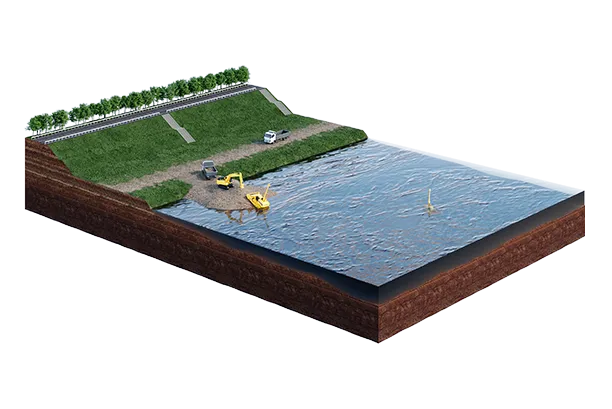
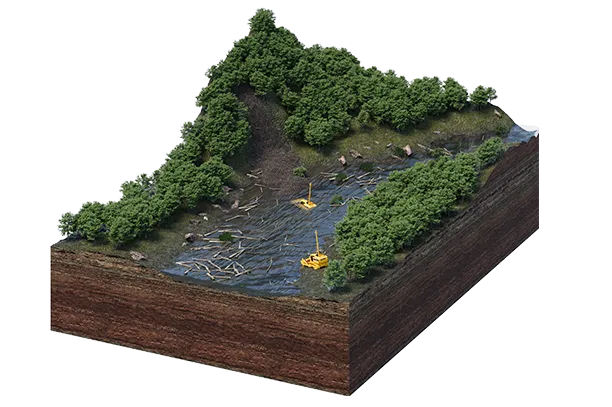
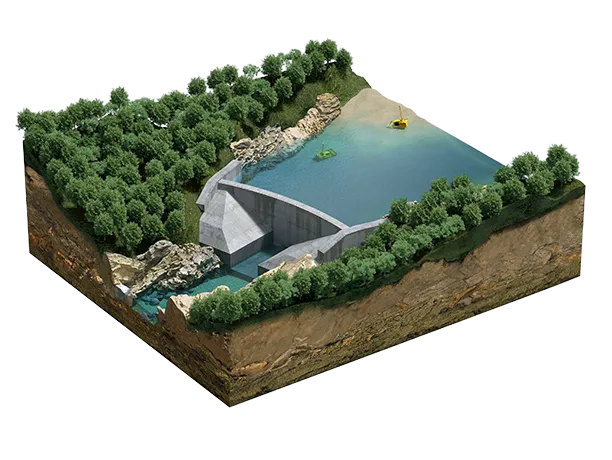

In recent years, abnormal weather conditions caused by climate change have resulted in disasters around the world. In Japan, typhoons and torrential rains cause flood damage every year.
To protect lives and livelihoods from flood damage, more river repairs are needed. Underwater construction, such as lowering the river bottom so large amounts of water can flow safely (river channel excavation), plays a major role in this effort. Underwater work also plays a major role in recovering from a major disaster.
We quickly remove sediment and obstructions (driftwood, debris, etc.) caused by earthquakes, floods and landslides. We also quickly restore coastal protection structures. Sediment that flows into a river from upstream and accumulates at the bottom of a dam reservoir can reduce the capacity of the reservoir and thwart the functions of hydropower facilities. Underwater construction robots are expected to play an active role in the removal of such sediment. Wind power generation is equipment that generates electricity by rotating wind turbines with the force of the wind.
Wind power generation can be roughly classified into onshore and offshore installations, but it is offshore wind power generation that is currently attracting the most attention around the world.
Underwater construction robots are expected to play an active role in the excavation of the seabed, cable burial, and maintenance during the construction of offshore wind power generation facilities. Blue carbon refers to carbon absorbed and stored in marine areas.
Carbon absorbed by living organisms on both land and in marine areas used to be called green carbon, but recently a distinction has been made between green carbon in terrestrial areas and blue carbon in marine areas.
Blue carbon is attracting attention because it is more effective at sequestering carbon. Underwater construction robots are expected to play an active role in the conservation and restoration of eelgrass beds and tidal flats, which are blue carbon ecosystems.
To protect lives and livelihoods from flood damage, more river repairs are needed. Underwater construction, such as lowering the river bottom so large amounts of water can flow safely (river channel excavation), plays a major role in this effort. Underwater work also plays a major role in recovering from a major disaster.
We quickly remove sediment and obstructions (driftwood, debris, etc.) caused by earthquakes, floods and landslides. We also quickly restore coastal protection structures. Sediment that flows into a river from upstream and accumulates at the bottom of a dam reservoir can reduce the capacity of the reservoir and thwart the functions of hydropower facilities. Underwater construction robots are expected to play an active role in the removal of such sediment. Wind power generation is equipment that generates electricity by rotating wind turbines with the force of the wind.
Wind power generation can be roughly classified into onshore and offshore installations, but it is offshore wind power generation that is currently attracting the most attention around the world.
Underwater construction robots are expected to play an active role in the excavation of the seabed, cable burial, and maintenance during the construction of offshore wind power generation facilities. Blue carbon refers to carbon absorbed and stored in marine areas.
Carbon absorbed by living organisms on both land and in marine areas used to be called green carbon, but recently a distinction has been made between green carbon in terrestrial areas and blue carbon in marine areas.
Blue carbon is attracting attention because it is more effective at sequestering carbon. Underwater construction robots are expected to play an active role in the conservation and restoration of eelgrass beds and tidal flats, which are blue carbon ecosystems.
the next site Go to
tour 02 summary
Future underwater construction:
Tackling social issues
Tackling social issues
Underwater construction plays a major role in many fields, such as disaster prevention and mitigation, disaster recovery and nature conservation. There are high expectations for its contribution to the clean energy field. Ultra-remote operation equipped with the latest automatic control and information and communication technology (ICT) functions enables safe and easy operation by anyone, revolutionizing the conventional underwater construction site.
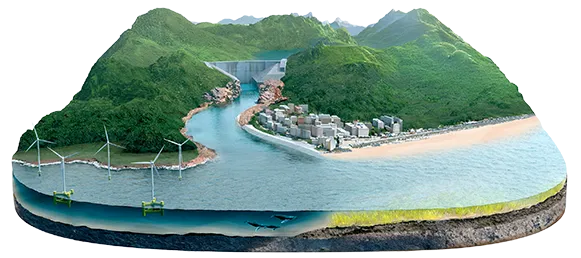
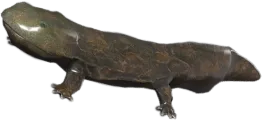
Stage
Building a disaster-resistant
city where people can
live safely
city where people can
live safely
River flood control

In recent years, abnormal weather conditions caused by climate change have resulted in disasters around the world. In Japan, typhoons and torrential rains cause flood damage every year.
To protect lives and livelihoods from flood damage, more river repairs are needed. Underwater construction, such as lowering the river bottom so large amounts of water can flow safely (river channel excavation), plays a major role in this effort.
To protect lives and livelihoods from flood damage, more river repairs are needed. Underwater construction, such as lowering the river bottom so large amounts of water can flow safely (river channel excavation), plays a major role in this effort.
Earthquake, flood and
landslide recovery efforts
landslide recovery efforts

Underwater work also plays a major role in recovering from a major disaster.
We quickly remove sediment and obstructions (driftwood, debris, etc.) caused by earthquakes, floods and landslides. We also quickly restore coastal protection structures.
We quickly remove sediment and obstructions (driftwood, debris, etc.) caused by earthquakes, floods and landslides. We also quickly restore coastal protection structures.
Stage
Supporting renewable
energy facilities
energy facilities
Removing sediment deposits
from dams at hydroelectric
power facilities
from dams at hydroelectric
power facilities

Sediment that flows into a river from upstream and accumulates at the bottom of a dam reservoir can reduce the capacity of the reservoir and thwart the functions of hydropower facilities. Underwater construction robots are expected to play an active role in the removal of such sediment.
Construction of
offshore wind power
generation facilities
offshore wind power
generation facilities

Wind power generation is equipment that generates electricity by rotating wind turbines with the force of the wind.
Wind power generation can be roughly classified into onshore and offshore installations, but it is offshore wind power generation that is currently attracting the most attention around the world.
Underwater construction robots are expected to play an active role in the excavation of the seabed, cable burial, and maintenance during the construction of offshore wind power generation facilities.
Wind power generation can be roughly classified into onshore and offshore installations, but it is offshore wind power generation that is currently attracting the most attention around the world.
Underwater construction robots are expected to play an active role in the excavation of the seabed, cable burial, and maintenance during the construction of offshore wind power generation facilities.

Stage
Restoring seaweed
beds and tidal flats
beds and tidal flats
Conservation and
restoration of
blue carbon ecosystems
restoration of
blue carbon ecosystems
Blue carbon refers to carbon absorbed and stored in marine areas.
Carbon absorbed by living organisms on both land and in marine areas used to be called green carbon, but recently a distinction has been made between green carbon in terrestrial areas and blue carbon in marine areas.
Blue carbon is attracting attention because it is more effective at sequestering carbon. Underwater construction robots are expected to play an active role in the conservation and restoration of eelgrass beds and tidal flats, which are blue carbon ecosystems.
Carbon absorbed by living organisms on both land and in marine areas used to be called green carbon, but recently a distinction has been made between green carbon in terrestrial areas and blue carbon in marine areas.
Blue carbon is attracting attention because it is more effective at sequestering carbon. Underwater construction robots are expected to play an active role in the conservation and restoration of eelgrass beds and tidal flats, which are blue carbon ecosystems.
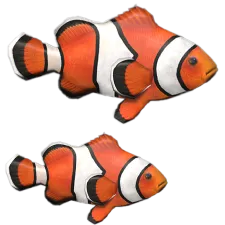
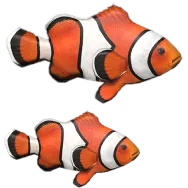
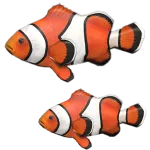


Underwater construction sites are changing
dramatically thanks to automated control
and ICT construction.
dramatically thanks to automated control
and ICT construction.
In Japan, where the birthrate is declining and the population is aging, workforce shortages are a serious problem at construction sites.
There is also a concern that the technical skills of construction workers will decline as experienced craftsmen retire.
Underwater construction robots equipped with the latest automatic control and ICT functions can help solve these social issues.
Underwater construction robots are electrically driven and can carry out environmentally friendly underwater construction without carbon dioxide emissions. They can be operated safely and easily by remote control, revolutionizing the conventional underwater construction site.
There is also a concern that the technical skills of construction workers will decline as experienced craftsmen retire.
Underwater construction robots equipped with the latest automatic control and ICT functions can help solve these social issues.
Underwater construction robots are electrically driven and can carry out environmentally friendly underwater construction without carbon dioxide emissions. They can be operated safely and easily by remote control, revolutionizing the conventional underwater construction site.
